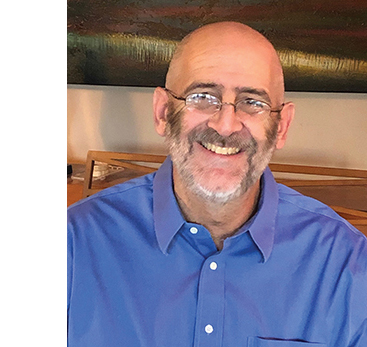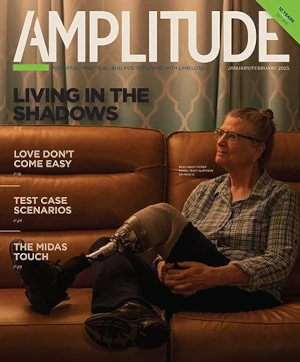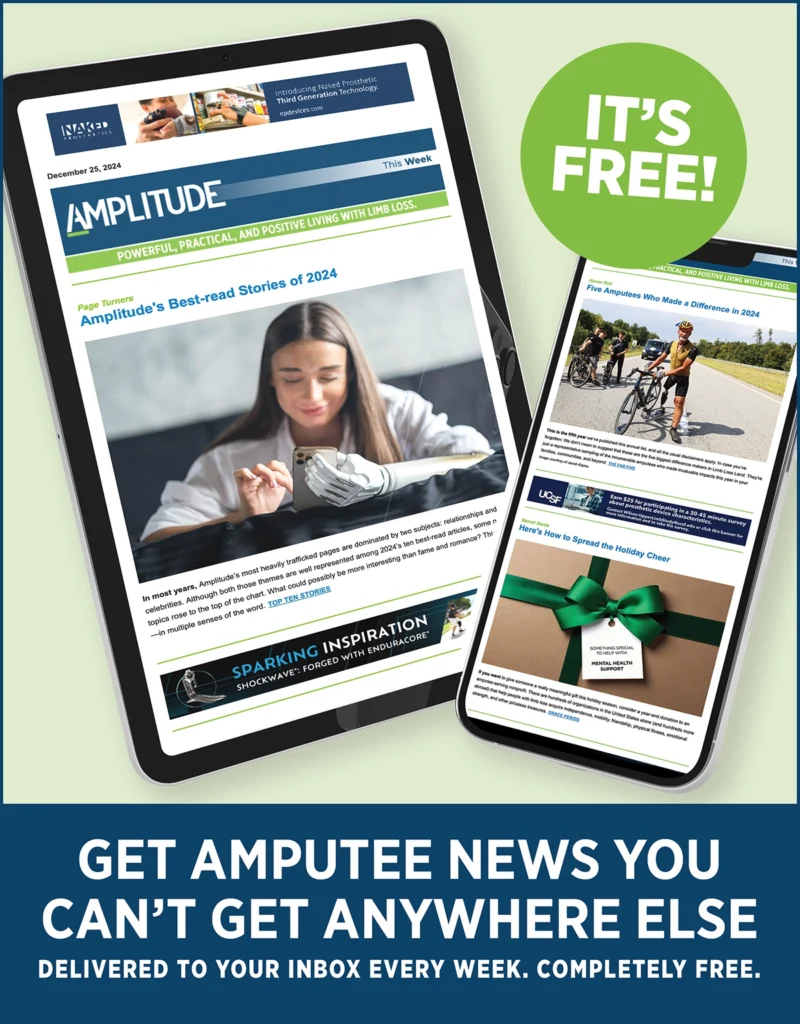
Our first cover subject of 2022, Kayla Maria G, doesn’t merely break boundaries. She vaporizes them.
In a few short years, Kayla has rocketed from anonymity to prominence as a professional dancer, fashion model, and social media influencer. In the process, she has helped enlarge societal definitions of beauty that, until very recently, excluded bodies like hers. As an Afro-Latina with a visible disability, Kayla never saw anyone who resembled her in popular culture or mainstream media. As a result, she says, “I didn’t think I was ‘allowed’ to do the things I really wanted to do, which were dancing and modeling.”
Social norms fueled Kayla’s self-doubt, which nearly kept her from pursuing her passions at all. But once she gave herself permission to chase her dream, other barriers quickly fell. Those obstacles weren’t illusions—they really did, and still do, exist. But they proved no match for Kayla’s combination of talent and determination (plus a bit of good luck).
You can read her story beginning on page 28 of the January/February 2022 issue. And you’ll find other walls crumbling elsewhere in this issue of Amplitude. Take “Character Studies,” our look at the growing ranks of amputee protagonists in popular fiction. They’re not the first characters with limb difference you’ve ever seen in mass-market novels. But they’re more complex, realistic, and relatable than the portrayals you’re used to. And, like Kayla, these amputees reject the narrow roles that society often wants to confine them to. They have the same kind of adventures as any fully limbed protagonist would, with the same range of emotions, relationships, virtues, and vices that bring characters to life—and keep readers turning pages.
In “Hands-on Experience,” we hear from amputees who are breaking new ground in the corporate world by integrating adaptive features into merchandise that’s aimed far beyond the specialized disability market. The product in question, Nike’s GO FlyEase shoes, became an immediate hit with consumers and gained recognition from Time magazine as one of the top inventions of 2021. In the process, Go FlyEase illustrated how much buyers and sellers alike stand to benefit when people with disabilities are brought into the design process from square one.
The word that unites all these stories is normalization. Year after year, limb difference becomes more widely recognized as a commonplace aspect of humanity—not a sharp departure from ordinary existence, but a familiar variation on it. To quote Kayla Maria G again: “Just because I’m different, it doesn’t take away anything that I have to offer.” On the contrary, it adds to what she can offer. And no boundaries are going to stand in her way.




